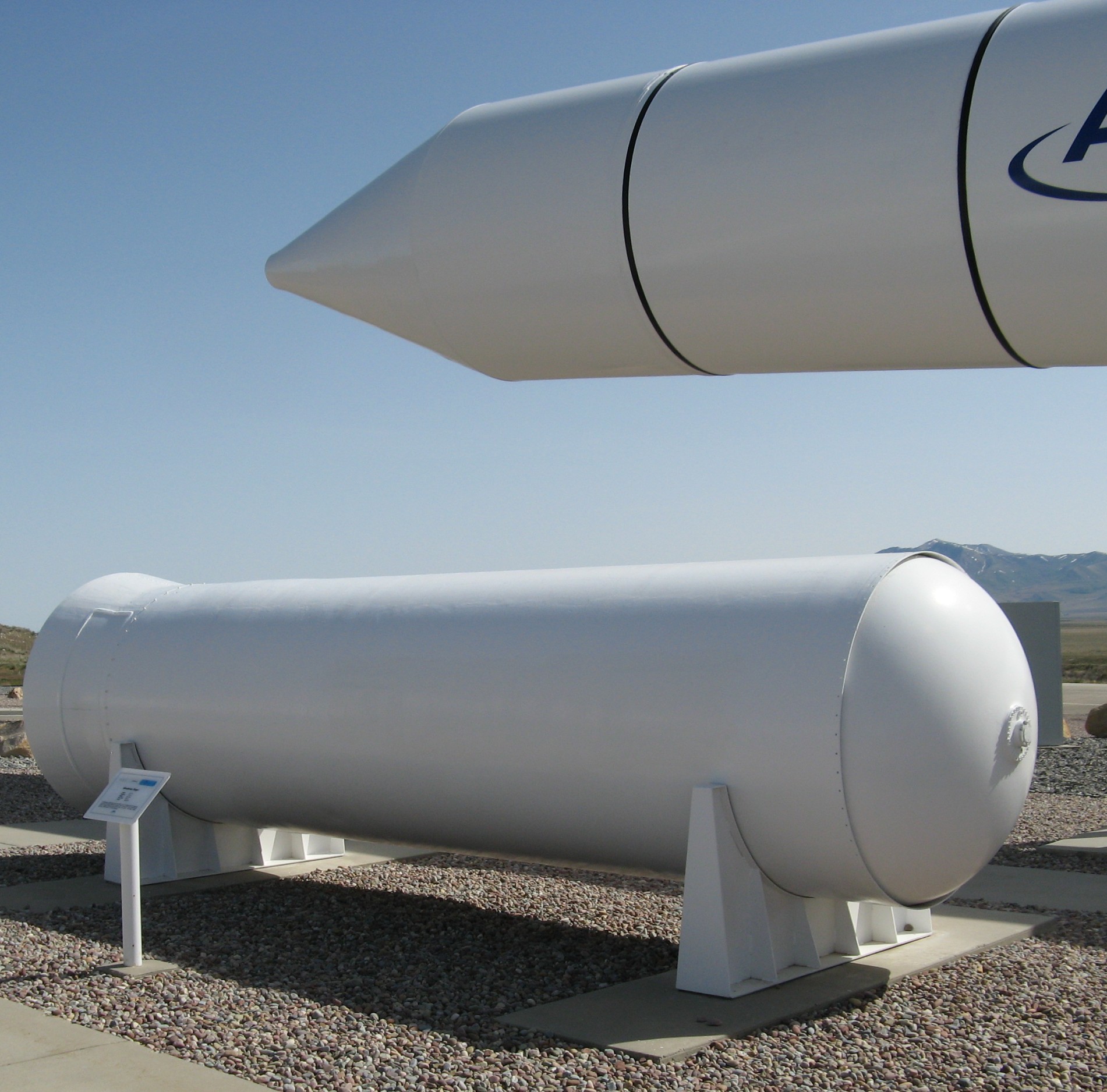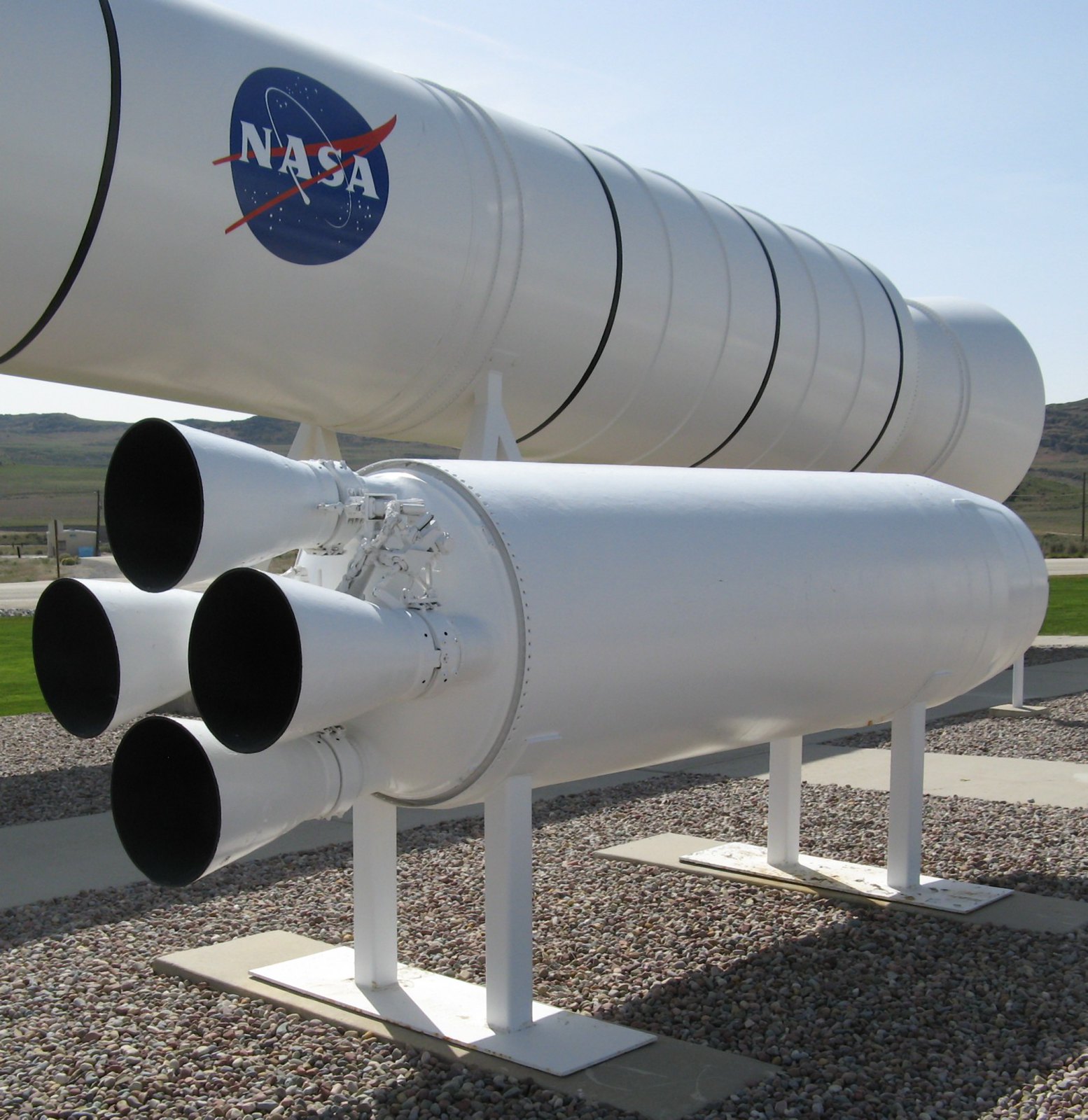
Previous post strung together my guesses, assumptions, and speculation to develop a table of how many nuclear weapons are on day-to-day alert and how many additional weapons could be generated to alert in what length of time.
Those guesses are for 2020, well after the U.S. won the Cold War and the Soviet Union, the bad ol’ Evil Empire, collapsed.
What would a comparable estimate look like for the depths of the Cold War? This post combines another string of guesses, assumptions, and speculation to figure out the available of U.S. nuclear weapons in 1980. Why that date? Well, it corresponds to when President Reagan won election, took office the following year, and then took necessary steps to conclusively win the Cold War. It also corresponds to the time frame when I was active duty.
Strategic Bombers
I’m fuzzy on number and armament of strategic bombers back in the 1980s. Wikipedia has List of B-52 Units of the United States Air Force. Going through the list of units active in 1980 I count 17 wings with 29 squadrons.
My tally of wings and squadrons: Minot 3, Carswell 3, Robins 1, Ellsworth 3, Loring 1, Anderson 1, Seymor 1, Fairchild 3, Castle 3, Dyes 1, Eaker 1, Grand Forks 1, Mather 1, Wurtsmith 1, Plattsburg 1, Sawyer 1, Griffis 1.
A comparable List of B-1 units in the United States Air Force shows no B-1 units active in 1980, with deployment starting in 1986.
I will also assume 12 B-52s per squadron. A wildly aimed guess is each squadron maintained two armed B-52s on the alert pad at all times. Final pull-it-out-of-thin-air assumption is 2 planes per squadron were either hangar queens or in major repair leaving 8 additional B-52s per squadron which could be generated to alert in a reasonable time. Of those 8, generation would start upon a raised state of readiness, with the aircraft reaching alert status over a period of time. I will further guess that 4 per squadron would be ready in days or a week and the remaining 4 over the following several weeks.
I will also pull out of the air another wildly aimed guess each B-52 would have been loaded with 10 ALCMs.
If you think I should modify my astoundingly long string of assumptions please let me know.
Pulling together those assumptions gives this calculation of availability for bombers:
| squadrons | per squadron | aircraft | load | total load | |
| on alert | 29 | 2 | 58 | 10 | 580 |
| available | 29 | 8 | 232 | 10 | 2,320 |
| unavailable | 29 | 2 | 58 | 10 | 580 |
| total | 12 | 348 | 3,480 |

Tactical fighters
I’m not even going to guess on the number, availability, and load for Air Force and Navy tactical fighters which were tasked with nuclear missions.
SSBNs
The Wikipedia article Ballistic missile submarine gives me more information than I ever had on the number and deployment of SSBNs.
The Ohio-class started to deploy in 1981. Prior to then, Poseidon subs carried Polaris and then Trident I.
Article says there were 41 U.S. SSBNs built.
Starting in the 1970s 31 SSBNs were retrofitted with MIRVed Poseidon (C-3), capable of carrying either 10 or 14 W68 warheads with yield in range of 40 kt to 50 kt.
Immediately prior to carrying the Poseidon, the SSBNs were armed with the Polaris A-3, which was loaded with 3 W58 warheads. The RVs were multiple re-entry vehicle (MRV), not MIRV, which means they were released as a cluster instead of being independently targeted. MRV means the warheads were fired like buckshot from a shotgun or tossing a handful of rocks. The yield of W58 warhead was rated at 200 kt.
These SSBNs had 16 tubes, per the Polaris article.
About one-third of the subs were on patrol at any one time. That would be 13 or 14 on patrol. That is consistent with my earlier guess that 14 SSBNs were on patrol during the darkest days of the Cold War.
So, my guess for 1980 timeframe is 31 SSBNs carrying 16 missiles loaded with I’ll assume an average of 12 W68 warheads. The remaining 10 SSBNs with 16 tubes each were loaded with 3 MRV W58 warheads each.
Continuing my completely wild guesses, that means about 10 boomers with Poseidon missiles and about 3 with Polaris on patrol at a time, with an equal number that could be sortied in what I’ll guess is a few weeks. I’ll guess the remaining inventory of boomers would take longer to refit and finish repairs. Those will go in the last category of availability.
That string of assumptions gives the following calculation of boomer availability:
| Polaris | Poseidon | total | |
| on patrol | 3 | 10 | 13 |
| preparing | 3 | 10 | 13 |
| refit/repair | 4 | 11 | 15 |
| total | 10 | 31 | 41 |

ICBMs
In 1980 there were 1,000 Minuteman and 56 Titan II missiles deployed. Wikipedia has background on the Titan II. The Titan IIs carried one W-53 warhead, rated at 9 megatons.
There were 450 Minuteman IIs carrying 1 warhead and 550 Minuteman IIIs carrying 3 MIRVed warheads.
I will assume 99% availability for Minuteman and 100% for Titan.
Availability
Pile those assumptions on top of inferences on top of wild guesses and the resulting point estimate of platform count, weapon count, and availability is:
| delivery | platforms | load | inventory | on alert daily | days or weeks | weeks or months | months or years |
| MM-II | 550 | 1 | 550 | 545 | 5 | ||
| MM-III | 450 | 3 | 1,350 | 1,335 | 15 | ||
| Titan II | 56 | 1 | 56 | 56 | |||
| Polaris | 10 | 48 | 480 | 144 | 144 | 192 | |
| Poseidon | 31 | 192 | 5,952 | 1,920 | 1,920 | 2,112 | |
| B-52G | 348 | 10 | 3,480 | 580 | 1,160 | 1,160 | 580 |
| fighters | unknown | unknown | |||||
| total | 11,868 | 4,580 | 1,180 | 3,224 | 2,884 |
To contrast the on-alert rate, immediate versus longer term availability, and different nature of each basing mode, here are subtotals by basing mode with cumulative count of when weapons would be on-alert:
| inventory | on alert daily | days or weeks | weeks or months | months or years | |
| ICBM | 1,956 | 1,936 | 20 | – | – |
| SLBM | 6,432 | 2,064 | – | 2,064 | 2,304 |
| bomber | 3,480 | 580 | 1,160 | 1,160 | 580 |
| total | 11,868 | 4,580 | 1,180 | 3,224 | 2,884 |
| cumulative | 4,580 | 5,760 | 8,984 | 11,868 |
My conjecture then produces guesses that back in 1980 and several years before then, about 4,035 weapons were on daily alert and available in, um, a short time. In hours, a day, or a few days, another 1,175 weapons would be on alert. Over the next weeks, month, or a few months, another 3,224 weapons would move to alert status. The remaining 2,884 weapons would have to wait a longer time before those would be generated into alert status.

Then and now
Pulling together my guesses on number and availability shows this comparison of back in the depths of the Cold War to now:
| inventory | on alert daily | days or weeks | weeks or months | months or years | |
| 1980 | 11,868 | 4,580 | 1,180 | 3,224 | 2,884 |
| 2020 | 3,800 | 776 | 826 | 1,406 | 792 |